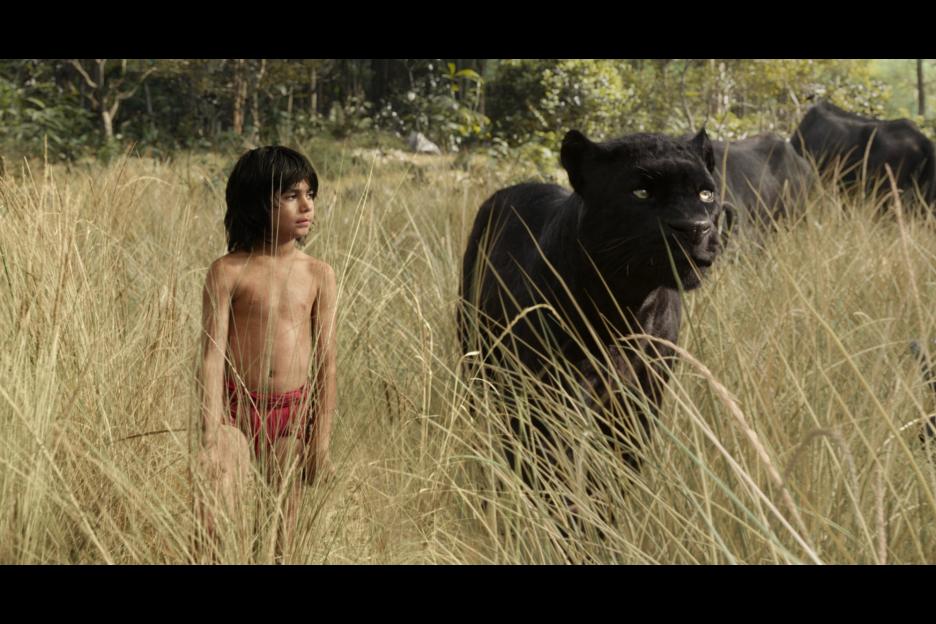A live-action remake of the classic Rudyard Kipling tale, The Jungle Book is the rare family film that engages viewers of all ages, providing timeless storytelling and forgoing typical crude humor.
Most of us have seen the original lighthearted Disney cartoon (1967) directed by Wolfgang Reitherman, who also brought us the beloved Disney films Robin Hood (1973) and 101 Dalmatians (1961). I naturally wondered how Disney would stay true to this original film and the Kipling story, while still putting an original twist on its reboot.
This sounds like a daunting task, but director Jon Favreau accomplished this with creative skill. One of the film’s biggest assets is its visual beauty. Set deep in the jungle, the film is uniquely and solely portrayed (other than Mowgli) through impressively realistic computer-generated imagery (CGI).
It stays true to its Disney roots, too, incorporating beloved songs and characters from the cartoon, such as Baloo’s number “The Bare Necessities” and chief monkey, King Louie (both not in Kipling’s original story), yet, overall, it is loyal to Kipling’s coming-of-age tale about a boy finding his place in his jungle home.
The film stars newcomer Neel Sethi as Mowgli, who got the part after auditioning with over 1,000 other children. Sethi is the only non-computer-generated character in the film (other than a brief flashback with baby Mowgli and his father in the jungle), with all other characters portrayed as magnificent CGI animals.
The Jungle Book does bring in well-known names as voices for the jungle creatures, such as Bill Murray (Baloo), Ben Kingsley (Bagheera), Idris Elba (Shere Khan), Lupita Nyong’o (Raksha) and Scarlett Johansson (Kaa) to draw viewers.
However, much of the film’s success must be given to Kipling since he is the author of the first telling of the timeless story. A lot of what makes a story timeless is its ability to be read (and in this case watched) time and time again without it growing old. The Jungle Book is definitely one of those films, bringing an absorbing adventure tale with traditional lessons to a new generation of children each time.
The film teaches viewers young and old about unjust discrimination, the meaning of home, taking part in and enjoying life (“forget about your worries and your strife,” as Baloo would sing), facing fears with courage and strength and using specially endowed gifts.
Mowgli does grow into a young man in the film, learning each of the aforementioned lessons and therefore becoming a respected leader in the jungle by the end of the film.
This is not to say Mowgli doesn’t make mistakes, but he learns from them, and even teaches his wise old friend Bagheera a thing or two about kindness to all, no matter where you come from or what your differences are, as he uses his own uniquely-human talent to help a struggling baby elephant out of a pit.
It is Mowgli’s adoptive-wolf mother, Raksha, who says one of the most beautiful lines in the film, illustrating that home is where love is and thus summing up one of the most powerful messages in the film: “No matter where you go or what they may call you, you will always be my son.”
All in all, The Jungle Book is a tale for all ages, bringing excitement and beautiful visual effects to a classic tale. I highly recommend the film and especially think it is a must-see for families.
Photo courtesy of Walt Disney Studios

